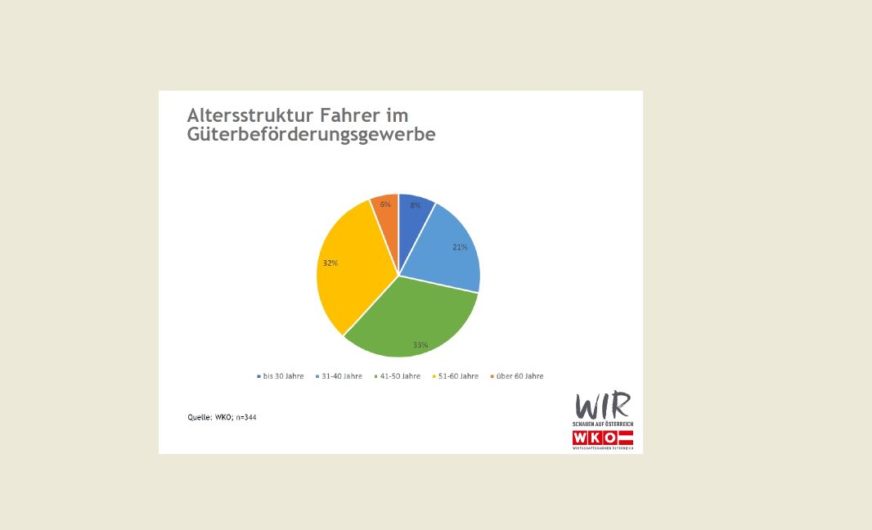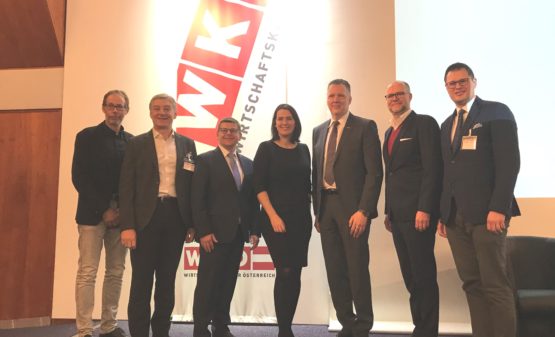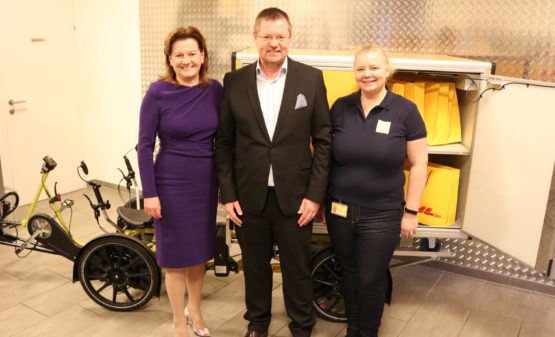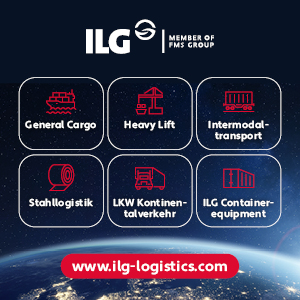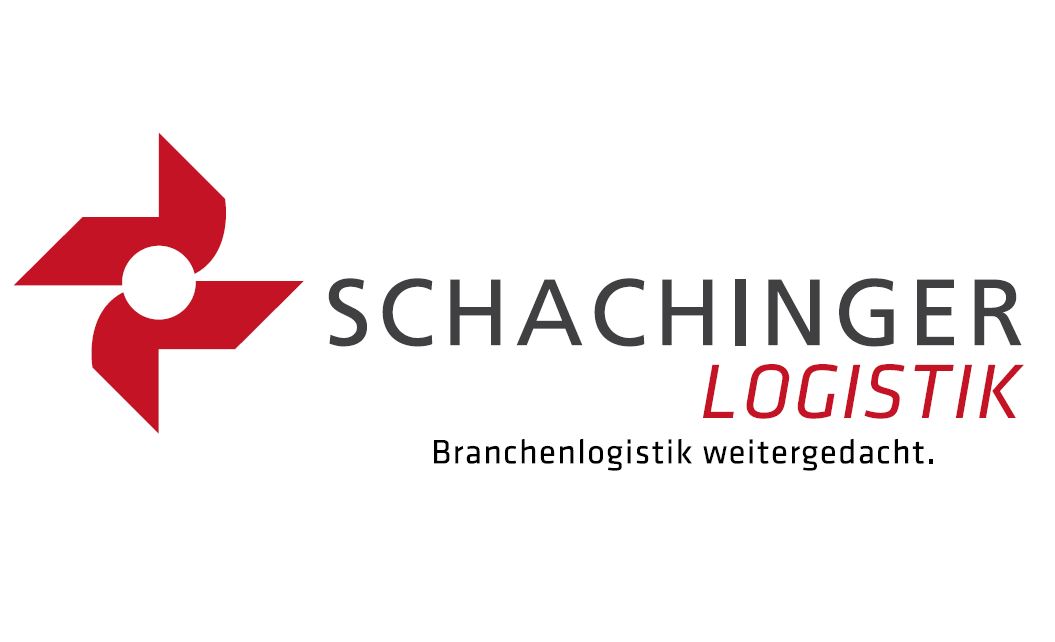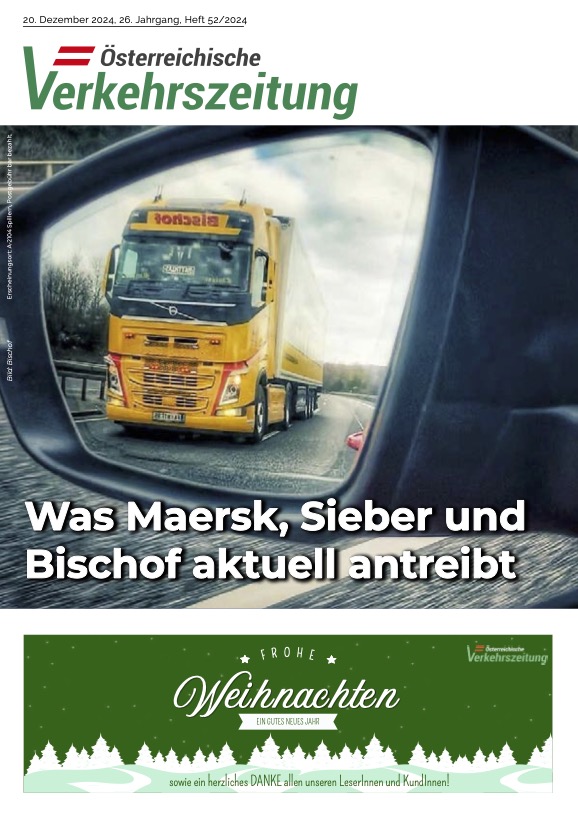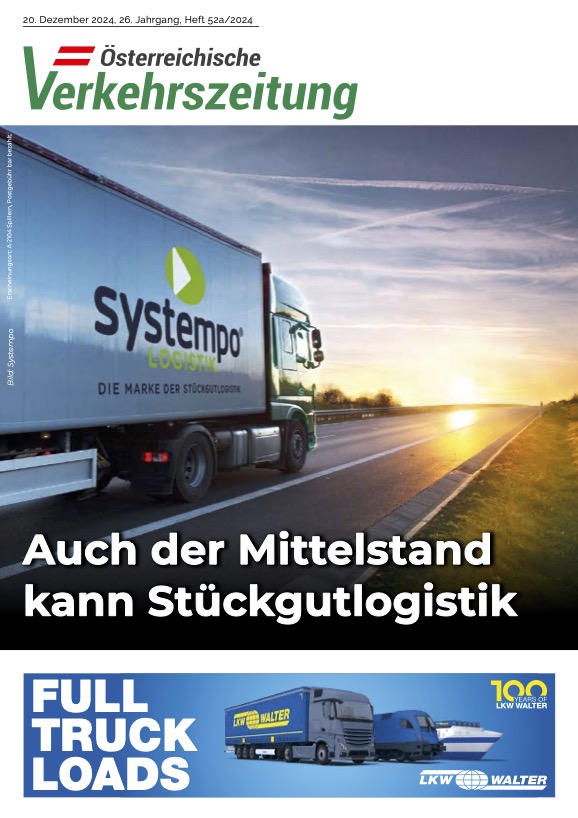According to a survey by the Austrian Economic Chamber WKO, two out of four commercial transport and bus companies are already affected by a significant shortage of drivers. “Austria can not participate in volume growth because we have too few workers,” Alexander Klacska, Chairman of the Transport division of the WKO, says in an interview with the Austrian Transport Newspaper.
And the forecasts do not promise any improvement: In the next ten years due to retirements, a loss of 15,000 to 20,000 drivers is expected. “Then we would have room for 30,000 employees in Austria,” says Alexander Klacska. More than two-thirds of truck drivers in the mobility industry are over 40 years old.
Alexander Klacska wants to fight this problem. Launching a new two-year apprenticeship as a truck operator, he hopes compulsory school graduates will decide earlier to undergo a traineeship as a truck driver. The new concept provides, in addition to the shortened duration of two years instead of three years, an L17 training for the driving license classes C and E.
In their first year of apprenticeship, the 16-year-olds attend the vocational school and complete the theoretical driver’s license examination after completing their driving school education. Afterwards, a driving school teacher teaches the basic practical skills in 30 driving lessons, which are then enhanced by 30 additional hours when training with a companion. After an additional 30,000 kilometers, the practical driver’s license C and E will be passed.
As soon as in the second year of apprenticeship, apprentices should be allowed to drive their own trucks on their own. For Alexander Klacska, it was particularly important for the conception of the training to aim at closing the gap between the decision at the age of 16 to work as a truck driver and the authorisation to drive a 40,000-tonne lorry at the age of 19. “That would be an additional quality leap in education, although the skilled workers are younger,” said the Chairman.
As for when the project will be implemented, Alexander Klacska answers with a smile. They were waiting for the new Federal Government. In a round with the representatives of the individual federal states, the new dual apprenticeship training met with a thoroughly positive response. The goal is to train the first apprentices in the new apprenticeship in the next three years.
One point that Alexander Klacska emphasises on, is the funding of training and further education in companies, which was promised by the government in 2016, amounting to EUR 5 million per year, which was promised for the second half of 2019.


